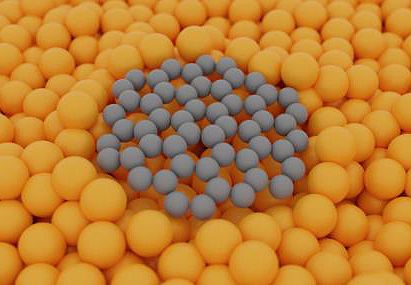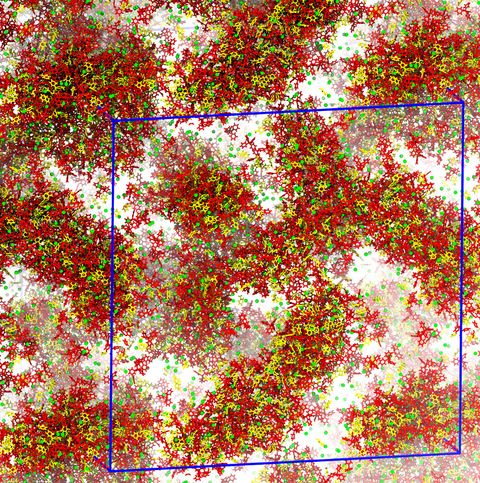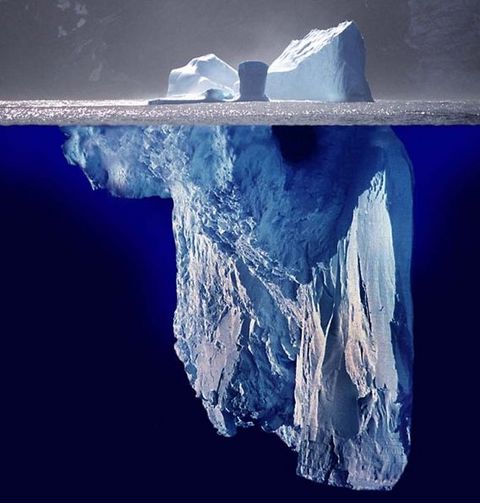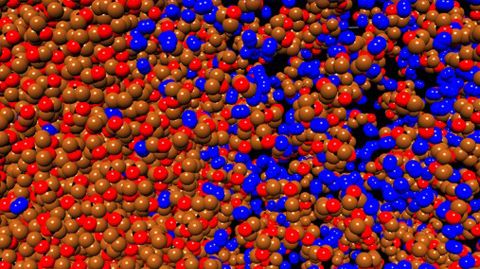MATERIALS SCIENCE AND CHEMISTRY
Materials Science and Chemistry
Materials Science and Chemistry
Materials Science and Chemistry
Materials Science and Chemistry
Materials Science and Chemistry
Materials Science and Chemistry
Materials Science and Chemistry
Materials Science and Chemistry
Materials Science and Chemistry
Materials Science and Chemistry
Materials Science and Chemistry
Materials Science and Chemistry
Materials Science and Chemistry
Materials Science and Chemistry
Materials Science and Chemistry
Materials Science and Chemistry
Materials Science and Chemistry
Materials Science and Chemistry
Materials Science and Chemistry
Materials Science and Chemistry
Materials Science and Chemistry
Materials Science and Chemistry
Materials Science and Chemistry
Materials Science and Chemistry
Materials Science and Chemistry
Materials Science and Chemistry
Materials Science and Chemistry
Materials Science and Chemistry
Materials Science and Chemistry
Materials Science and Chemistry
Materials Science and Chemistry
Materials Science and Chemistry
Materials Science and Chemistry
Materials Science and Chemistry
Materials Science and Chemistry
Materials Science and Chemistry
Materials Science and Chemistry
Materials Science and Chemistry
Materials Science and Chemistry
Materials Science and Chemistry



































































